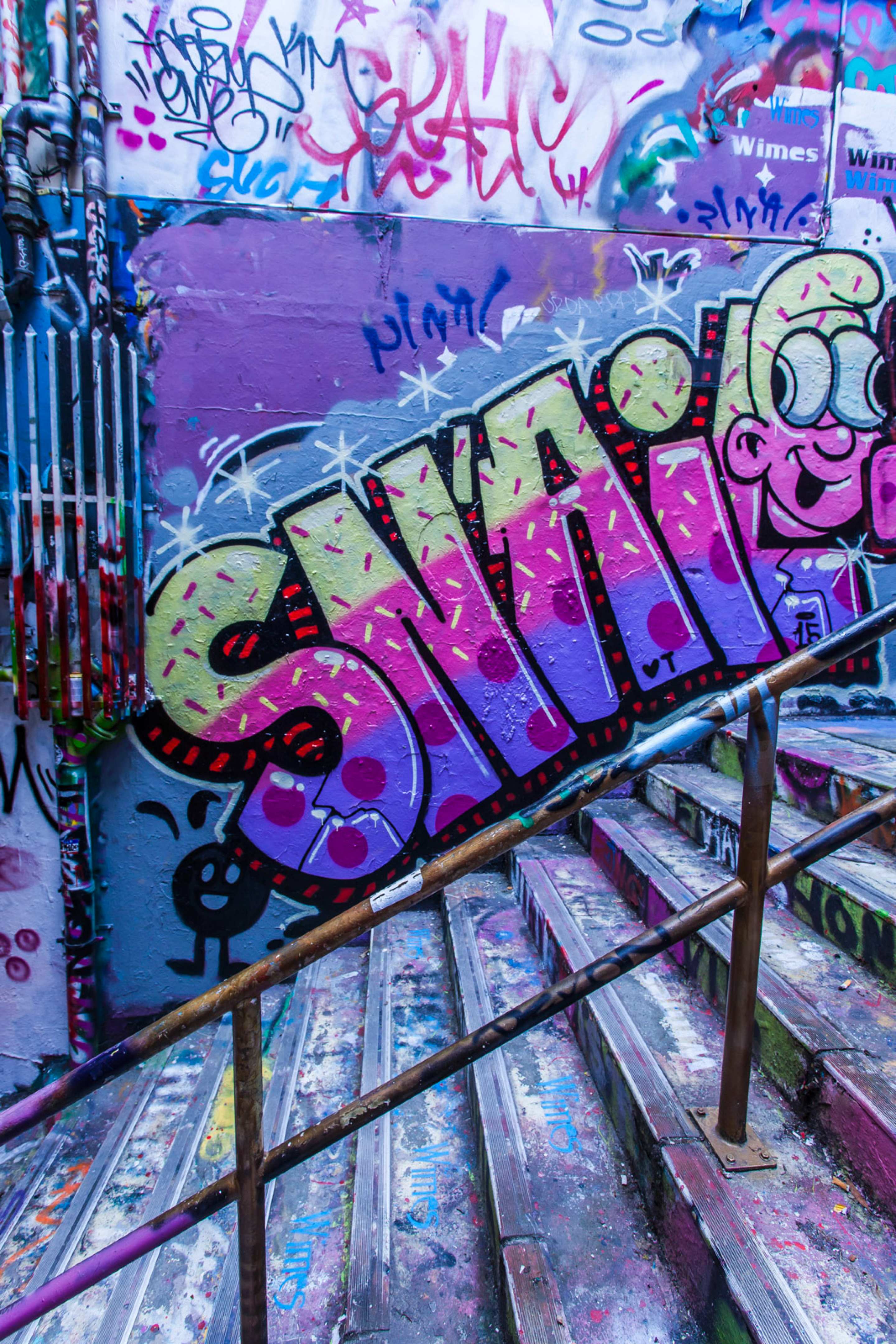Learn more

We are continually improving and transforming our campuses to ensure that current students and staff are equipped to realise their potential and that we provide exceptional facilities for future generations.
We are equally proud of our past, which is enshrined in the buildings that make up the Quadrangle, including the Great Hall, designed by Edmund Blacket in 1854.
Many of our alumni will have strong memories of Graduation Day at the Great Hall. But for the rest of the year, the Great Hall hosts productions, festivals, banquets, public lectures, balls, book launches and a vast array of social and academic events.

The Nicholson Collection was founded by Sir Charles Nicholson, our second chancellor, in 1860, making it the oldest university collection in Australia.
Sir Charles Nicholson was also instrumental in helping to build the University Art Collection, donating 30 paintings, sculptures and other works in 1865. It now boasts nearly 30,000 artistic and archaeological pieces from around the world.
However, art isn’t something that needs to hang in a gallery. The famous Graffiti Tunnel, which was originally part of student protests against the Vietnam War, has become a living work of art.
“If archaeologists could scrape away each layer, recording as they went, an extraordinarily rich vein of the University's social life would spring to life," wrote Trevor Howells, former senior lecturer, in his book University of Sydney Architecture.
The University's two largest musical instruments, the War Memorial carillon and Great Hall organ are our official ceremonial voices.
The carillon is housed at the top of the Clocktower, the most photographed icon of the University of Sydney. Dedicated on Anzac Day 1928, it commemorates the 200 students and staff who died in the First World War. This rare instrument (one of only two in Australia) consists of 54 bronze bells, played from a large wooden keyboard with a pedalboard.
Cast and built by Taylor of Loughborough, England, it is played for all graduation ceremonies, weekly recitals on Sundays and Tuesdays, weddings and other special events. Tours follow Sunday recitals (meet under the Clocktower). Every morning and evening you may hear the bells ringing, as our carillonists practise! You never know what might be played; each player has his or her own favourites.
Requests can even be made to the University Carillonist.
Inside the splendid Great Hall, the pipe organ takes up the entire balcony. Built by Rudolf van Beckerath Orgelbau of Hamburg, Germany and Ronald Sharp of Sydney, it was dedicated in 1972. It has a mechanical action, with 54 stops, 79 ranks and 4005 pipes. The Chancellor's Trumpet (the horizontal brass pipes at the front of each of the large wooden cases), given by the University's Chancellor's Committee, was dedicated on 4 December 2012, marking the 40th anniversary of the organ.
The organ is played at all graduation ceremonies, and in recitals and special events.